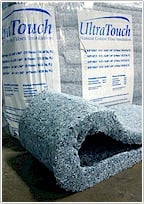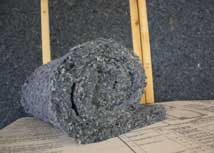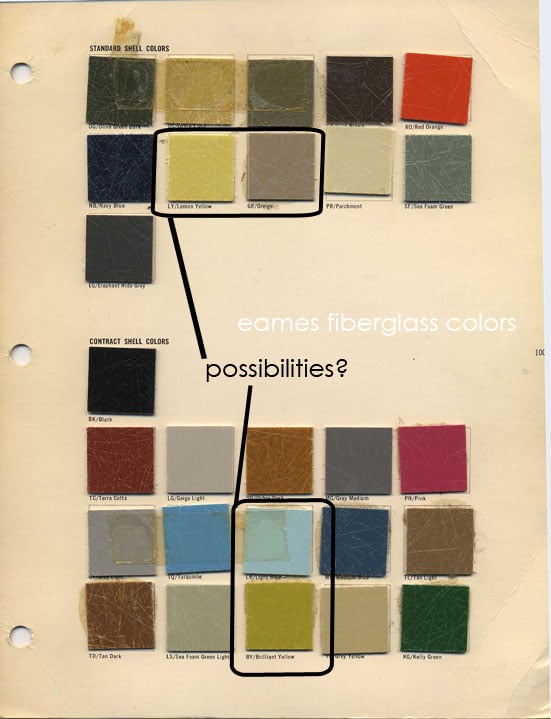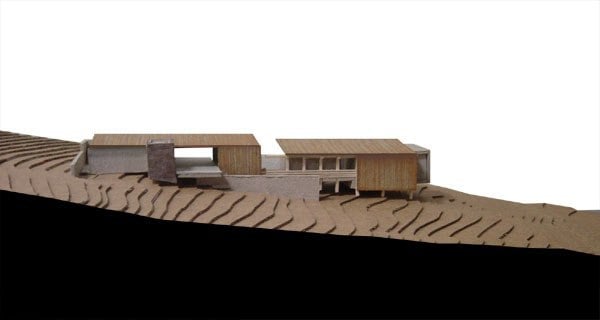1. Detailed Contract
Many architects fear detailed contracts because they think it'll deter clients from hiring them. This approach hurts everyone, especially the owner/client. Contracts are not just about architecture fees. A good contract covers all the bases. For example, responsibilities of the various parties and what happens if things go wrong.
Here at Modative, we primarily use the AIA (American Institute of Architects) standard set of agreements. They are lengthy, detailed and a boring read, but they're based on over 120 years of knowledge.
Doing a project is serious business. If you're afraid of a detailed contract then maybe you should reconsider building something.
2. Read It Again
Be sure to re-read that detailed contract throughout the architecture process. This is a good way to know if your architect is delivering as promised.
3. Schedule Monitoring
It's easy to get off schedule when there is no schedule. Your architect should provide you a preliminary schedule at the beginning of the project and update it every few months as things will no doubt change.
Set meetings in advance, so time doesn't slip away. A great approach is to pick a standing day/time and stick to it. We'll meet every third Friday at 3 p.m. Maybe you could even grab cocktails after?
4. Budget Management
In case you haven't heard, architects are not construction pricing experts. They're just not. Architects don't have a grasp on the labor and materials markets like a general contractor does. Either bring your contractor onto the team early or hire one at key moments in the architecture process to price out your design. This is money well spent. Getting too far in the process with an over-budget design can be costly and confrontational to fix.
5. Phase Sign-offs
Architecture phases exist for a reason - to help monitor progress. Get a clear sense from your architect as to when one phase begins and the other ends. A great way to achieve this is through sign-offs. As the owner, you should sign a set of plans/documents to signify design approval at the end of every phase.
Checking this list and giving your architect a little friendly nudge from time to time will help keep things moving along.
Am I being too hard on my own profession?









 Example of designing for a place:
Example of designing for a place:
